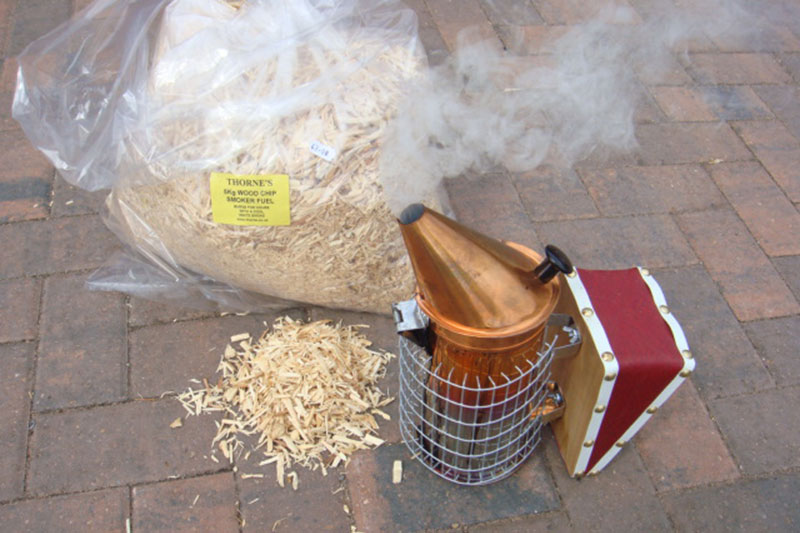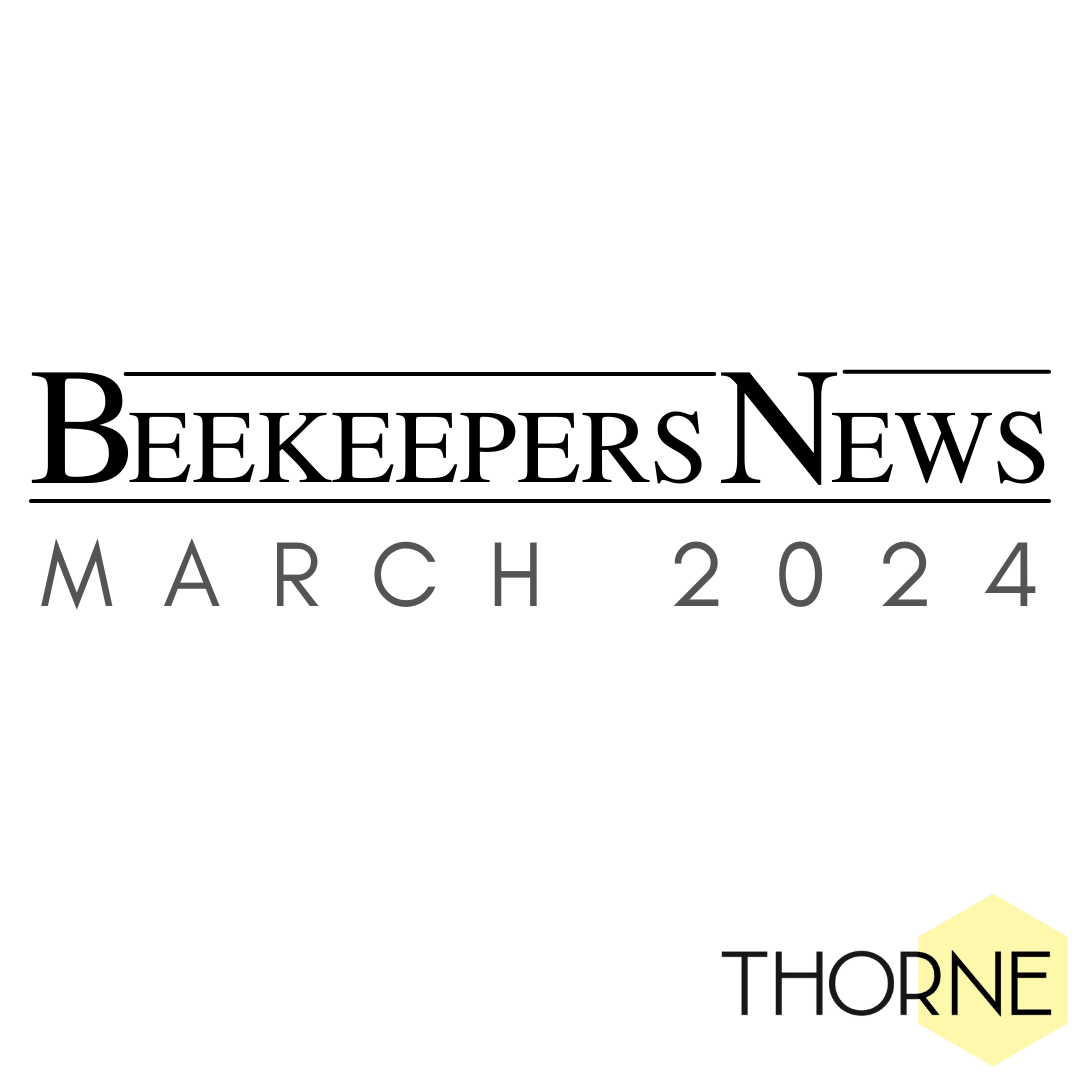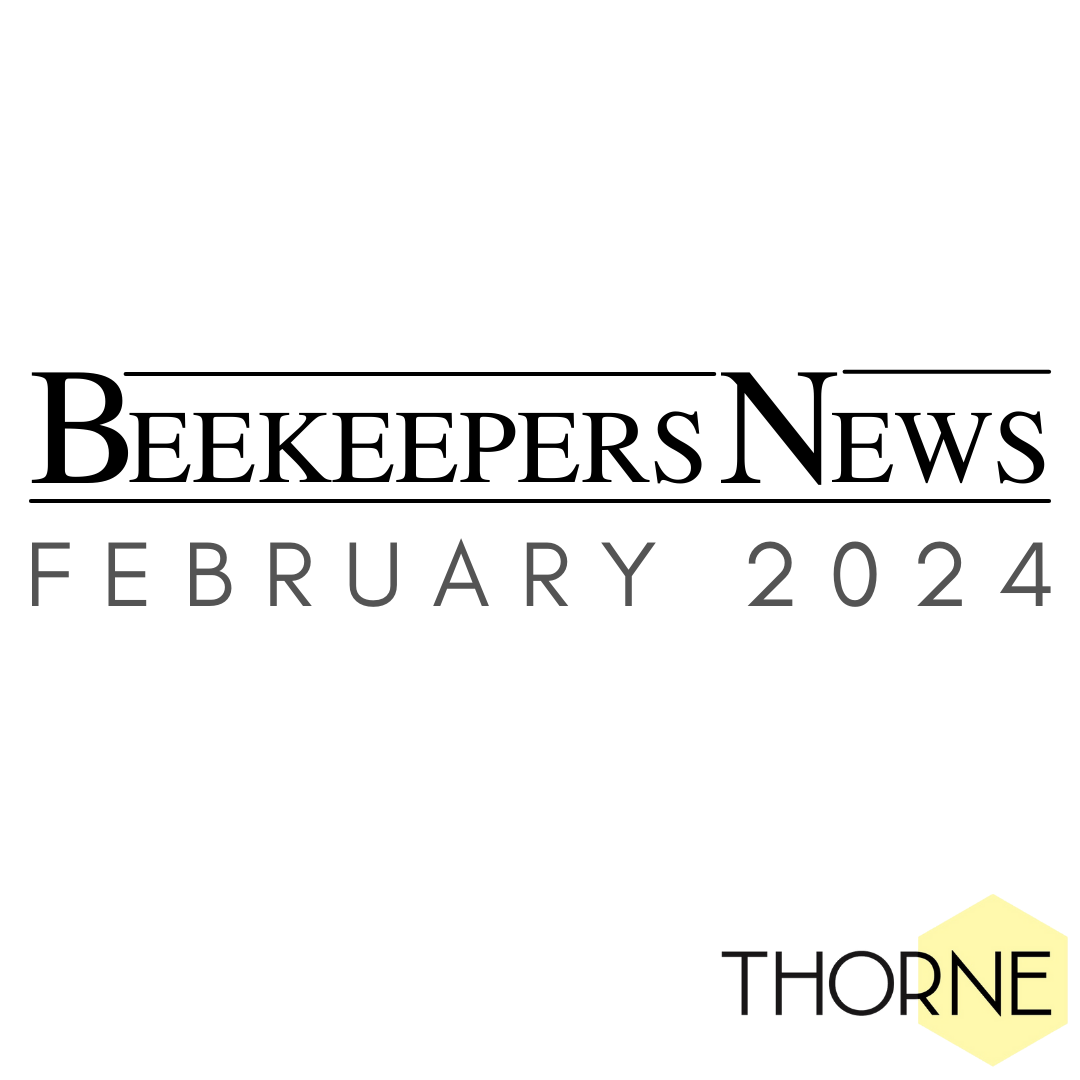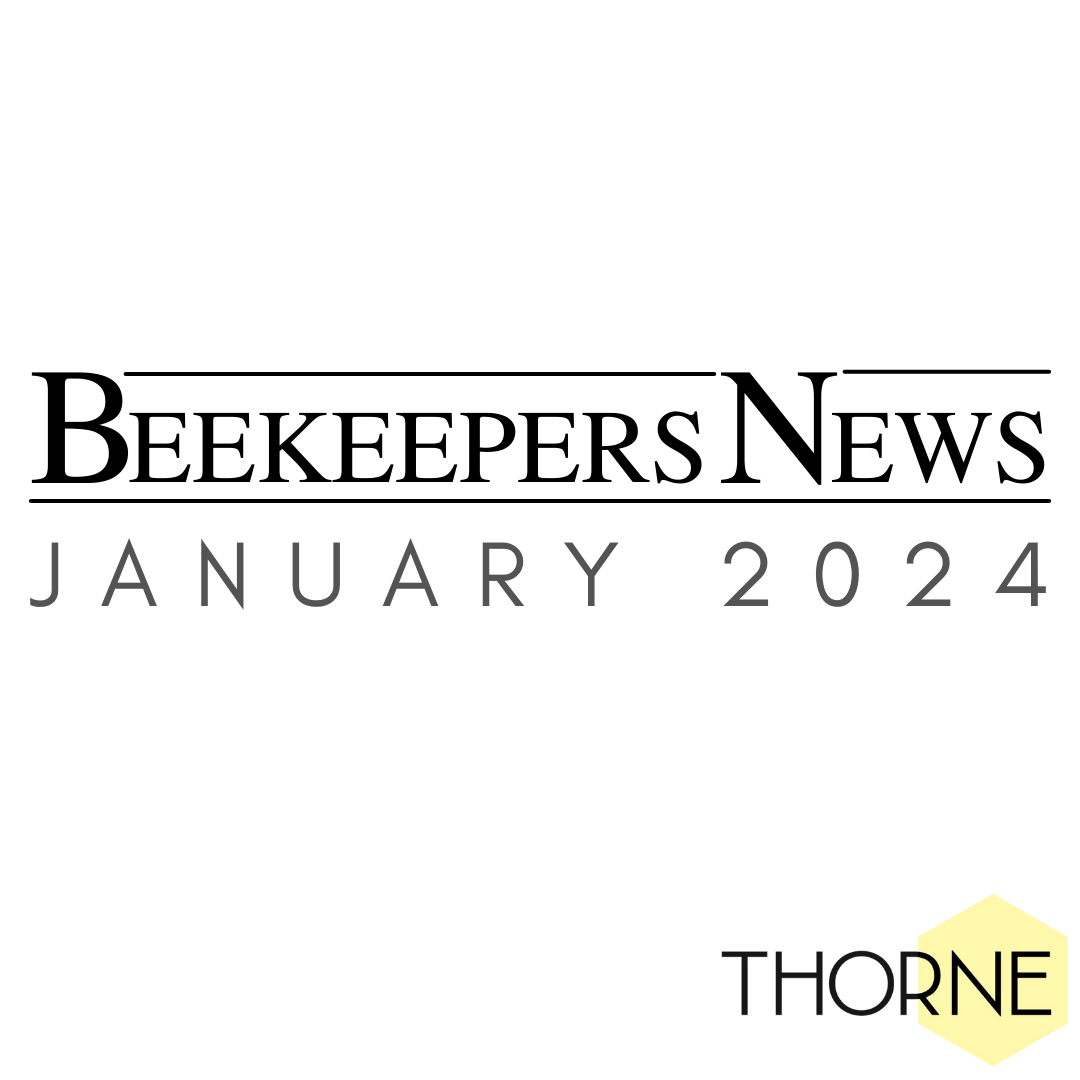December Roundup
December always seems to fly by, with many of our customers choosing vouchers or gifts for Christmas presents. We always have to be careful in despatch and pack any presents with plain brown tape!!
Our Winter Sale started with a bang at 6am on 31st December. Almost all the shop soiled and one off pieces of equipment went within the first minutes of the sale. We will be taking orders until the end of January, so have a look online, or give us a call on 01673 858555 to place your order.
Equipment Focus………
This month we are focusing on our range of Steam Wax Extractors. Equipment that can be used to melt and render your valuable wax in seconds – ready to be cleaned and filtered for candle making or simply traded back in for foundation.
Made in our own metalwork department at our factory in Rand, the small and large stainless steel steam wax extractors are rapidly becoming a very popular and sought after piece of kit. They use an external generator to quickly produce steam which is fed through a tube at the base of the extractors body. Comb, wax, cappings or even whole frames are placed inside a linen scrim bag within the perforated stainless steel cage. Within seconds, filtered, liquid wax runs out of the central spout and the condensate is collected from underneath the tray. When all the wax has been melted, the extractor is opened and any debris, wire and frames is removed. Of course if you have placed frames inside the extractor they have now been thoroughly steam cleaned.
The small extractor costs £267.85 (including the generator) and holds approximately 5 BS brood combs (not including the wooden frame). The large extractor will take all sizes of comb, including the wooden frame. Approximately seven BS, Langstroth or Commercial Deep frames or two 14”x12” or Dadant frames – if placed diagonally. The large extractor costs £354.40 (including the generator). Both the small and large extractors come with a linen scrim bag and a mild steel powder coated stand which lifts the body 230mm from the floor. The extractors can also be bought without the external steam generator.
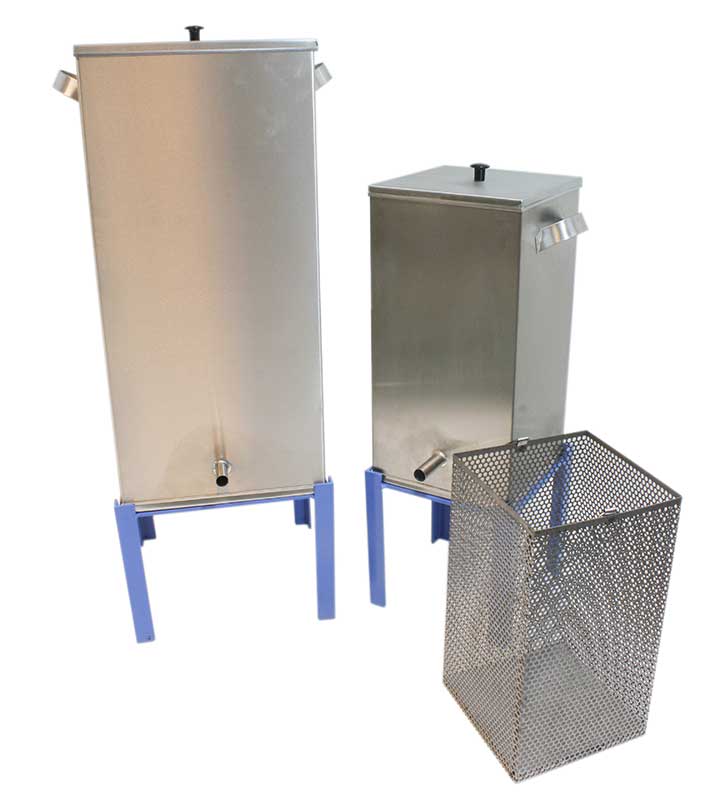
Just a quick addendum from last month’s focus on the manufacturing of our smokers. I neglected to say that the bellows are also made in-house – at our Scottish Branch in Newburgh!
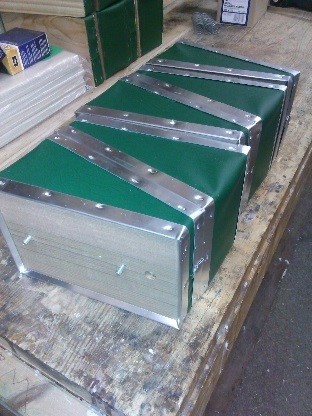
Ask our Expert
Please email us at sales@thorne.co.uk if you have a question for our experts.
Easy when you know how but we frequently get asked what is the best way to light a smoker…….
Always light your smoker before putting on your veil, and gloves (especially latex or rubber gloves), you don’t want gloves melted onto your hands or a hole melted in your veil!
Bigger smokers are easier to keep alight than smaller ones, because you get a larger fire going in the chamber, and they burn longer. They are easier to clean out (you can get your hand down inside when it’s cool!).
You can use any fuel you like, cardboard, egg boxes, sacking, rotten timber, grass nuts or straw pellets, cotton waste, fir cones, hay etc... Just test some of your chosen media to see it burns before you start! I had a colleague who converted all the packaging from a sofa into rolls to fit his smoker, had a whole seasons fuel… only to find it was laced with fire retardant and would not burn!
Cotton waste is popular with novices doing their Basic Assessment where you have to demonstrate you can light and keep a smoker going. You have to fluff up the waste to get it to light. Once lit drop it lit end down into the smoker, it will burn well and last the duration of your assessment.
Keep your fuel somewhere dry, shed, greenhouse, conservatory the latter two are good for drying out foraged fuel. Once it is dry you don’t want it attracting the damp, I keep some dry fuel and lighter in an airtight bucket.
You have to light the smoker from the bottom up. Too many people try to light the material in the top of the smoker. The air from the bellows comes into the chamber from the bottom, passing up through the fuel. By attempting to light the material on the top you are blowing the fire AWAY from the fuel…
The trick is to empty out your smoker, light a small amount of card/paper (you can use a fire stick lighter) and drop it into the bottom, on the hearth. Add dry fuel (it can be previously partially burnt material, nothing like re-cycling). Operate the bellows – this blows the fire/flame towards the fuel.
Spend a couple of minutes pumping the bellows and occasionally shaking the chamber to get the material to settle down. Once the smoker is lit and settled, top up with fresh fuel. If you use small pellet like material (as I do) you may want to put a piece of mesh on top of the fuel to stop lit pellets from being blown out of the smoker chimney. Everything in the hive will burn! You do not want flames or burning matter issuing from the chimney. The smoke should be cool and be a pleasant smell (you are trying to mimic wood smoke). If the smoke is acrid or eye watering you probably need to change the material you are burning.
Once lit the smoker should stay lit for hours with minimal attention. Some fuel like hay will burn more quickly than say timber or pellets. Try a range of fuel and find what works for you and your bees. If your smoker is burning too quickly, and generating too much smoke, kick it onto its side… this will reduce the air flow and calm down the fire. You can always right it to fire it up again.
To put the smoker out you need to starve the fire of oxygen. Put a plug of green grass into the chimney, this should be enough to choke out the fire. Just for safety I carry my lit smoker from apiary to apiary in a small galvanised dustbin, yes I have nearly set light to my car in the past, and the smell of the smoke took forever to get rid of!
Bees for Development
Bees for Development ran highly successful Christmas campaigns, first achieving their target in the Big Give Christmas Challenge – thanks to donations from many beekeepers and their associations. The charity achieved further support from Patron Bill Turnbull’s BBC Radio 4 Appeal on December 11, which helped to bring the work of the charity to a wider audience. If you missed it, do listen here http://www.bbc.co.uk/programmes/b084tjt7 Please support this excellent charity, and encourage your association to do so too.
Upcoming Events
Thornes Winter Sale. Online from 6am on Saturday 31st December. Phone orders from 9am on Tuesday 3rd December. The sale will run until the end of January. We get many hundreds of orders over this period so please be patient as we pack up and send out your parcels!
This year’s National Honey Show will again take place at Sandown Park Racecourse, Esher which proved such a popular venue last year. The main speaker will be Tom Seeley. There will be a brilliant programme of workshops and talks, focussing particularly on topics for early years in beekeeping on the Saturday. Save the dates: Thursday 26 - Saturday 28 October 2017.


